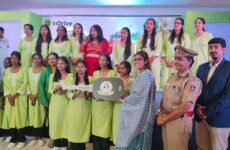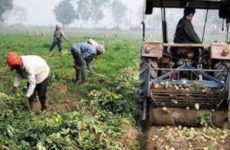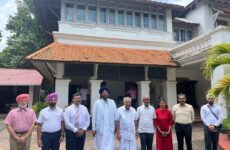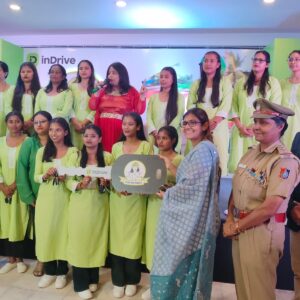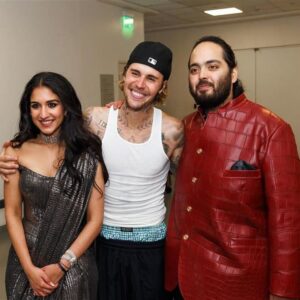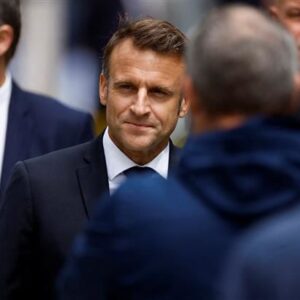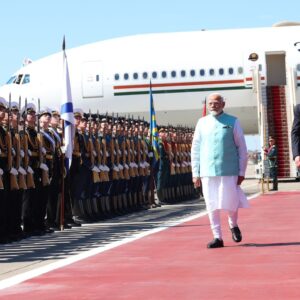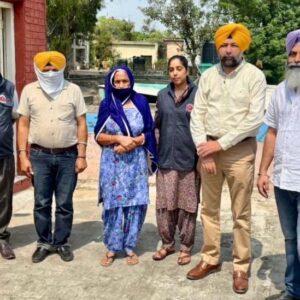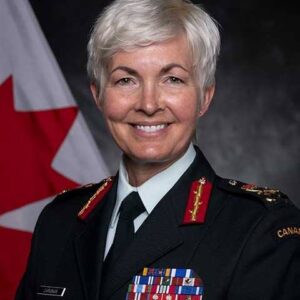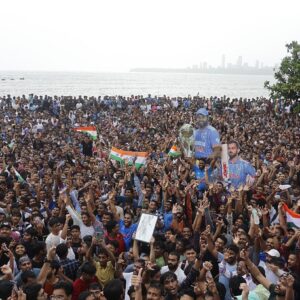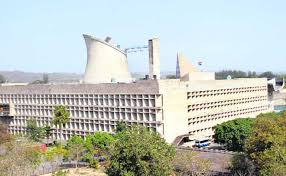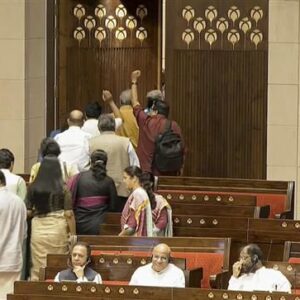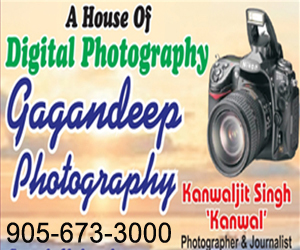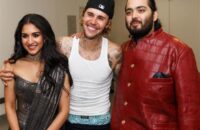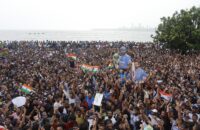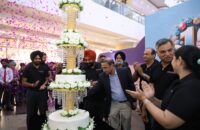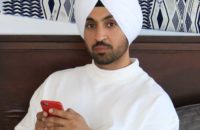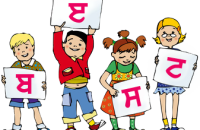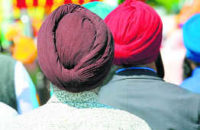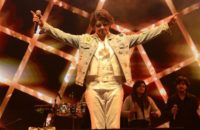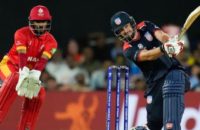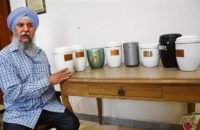Chandigarh: Drawing parallels between a soldier on the border with his gun and a journalist with his pen ready to write the truth, Anshul Chhatrapati, the son of slain journalist Ram Chander Chhatrapati, inspired the audience at an interaction in the Chandigarh Press Club on Friday.
The event was another in the series of the Press Club’s initiative to bring thought-leaders and prominent personalities from the media fraternity on a platform to budding journalists.
Anshul’s father was murdered on October 24, 2002, five months after a newspaper he owned, ‘Pura Sach’ published an anonymous letter alleging rape against Dera Sacha Sauda head, Gurmeet Ram Rahim. The letter would lead to a case that ultimately ended in the conviction of Ram Rahim.
“The sacrifice of my father was to uphold the journalistic principles of complete truth. He started the paper as he was not happy with other editors editing his work,” Anshu said, adding that the family had migrated from Pakistan, and his father wanted to always publish the complete truth.
He said that even before his father was attacked, another paper in Fatehabad had been attacked for daring to publish news that did not show the dera in a favourable light.
“His death was the direct result of his publishing the anonymous letter in the edition dated May 30, 2002. The next day onwards, there were threats and he understood that he was likely to be killed. Still, he decided to soldier on,” Anshul said, adding that finally three men from the Dera shot him dead.
He was shot at on October 24, 2002, and he died after a struggling for life on November 21, 2002, at the Apollo Hospital, New Delhi.
On the investigation into the murder of his father, the hearings for which are in the final arguments stage, he refused to say anything that could impact the trial.
“However, it is well-known that the Dera tried to ensure that no CBI investigation takes place into the case. We petitioned the Punjab and Haryana HC for a CBI investigation that was granted and from 2007-14, the case finally cleared the evidence stage. Then, time and again Gurmeet made requests for medical exemptions, even as he was shooting for a film,” he added.
Lauding the media for support, he said that the attack on media personnel on August 25 was not the first attempt to intimidate stakeholders to the case and cited such instances in 1995, 1998, 2002 and 2005.
At the open house talk Press Club, Anshul added that the conviction of Dera head was justice, but the other cases could also end with his conviction.
To a particular question on whether he favoured a particular political ideology as he had named certain Congress leaders of attempting to pressure CBI investigation, he categorically replied, “All political parties whether in power or in Opposition have always given lip-service, but none really helped with any degree of service.”
He added, “The real heroes are the Sadhvis and the witnesses who withstood enormous pressure and intimidation to stand by the truth.”
Concluding the session, he wished that people are not brain-washed into believing in anybody without logic and reason and that the media, despite its limitations, had to play an important role to play in ensuring this.
Press Club Senior Vice-President Saurabh Duggal, who moderated the session, said Chhatrapati’s family contribution to journalism was a legend in its itself with both his children are a journalist now.
He hoped that the paper started by his father named ‘Poora Sach’ would be launched again.
Club President Jaswant Rana announced to extend club’s honorary membership to Anshul.
Journalists share horror
tales of August 25
Before Anshul took the stage — Bhupinder Jisthu, ETV; Ravi Kumar, Hindustan Times; Rajinder Nagarkoti, The Tribune; Barinderjit Singh Saluja, Times of India; Shristi Chaudhary, DNA; Ankush Mahajan, News 18; Aditya Sharma, Dainik Tribune; Amarnath Vashisht, Dainik Tribune; Giriraj Aggarwal, Dainik Bhaskar and Ramesh Handa, Punjab Kesari – all journalists who covered the dera violence on August 25 narrated their experiences of covering the court verdict. Humane tales of compassion like Handa ji’s effort to rescue a dying child and many other injured stood out. All others also shared experiences of extreme violence and humanity. The police’s conduct and the government machinery came in for heavy criticism.
PHOTO EXHIBITION ON PANCHKULA
VIOLENCE ON IN PRESS CLUB; BLACKOUT 1st PHOTO
A photo exhibition on till Sunday was also inaugurated at Press Club. The first photo in the exhibition titled BLACKOUT, depicting the violence of August 25, shows a BLANK BLACK SCREEN. The powerful photo how shows two photojournalists Balish Ahuja and Sant Arora were rendered powerless and in a blackout after their cameras were broken in the melee on August 25. Some policemen also resorted to beating the Press, even as the protesters went on a rampage. The photo is a depiction of what will result if the Press is not allowed to do its duty and is a symbol of what transpired that unfortunate and black day in the history of Panchkula and Haryana.




 Driving Naari Programme launched in Chandigarh
Driving Naari Programme launched in Chandigarh

